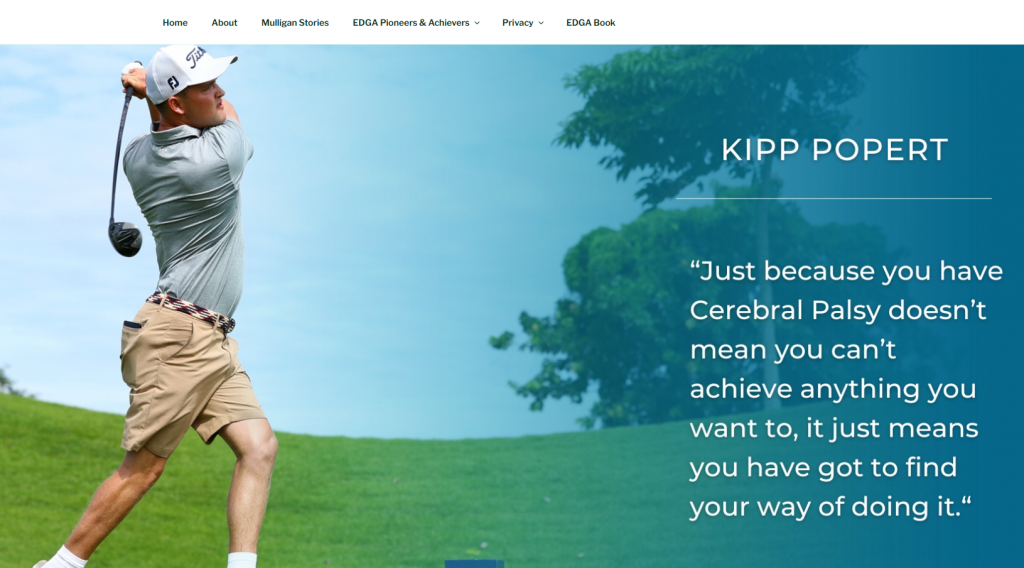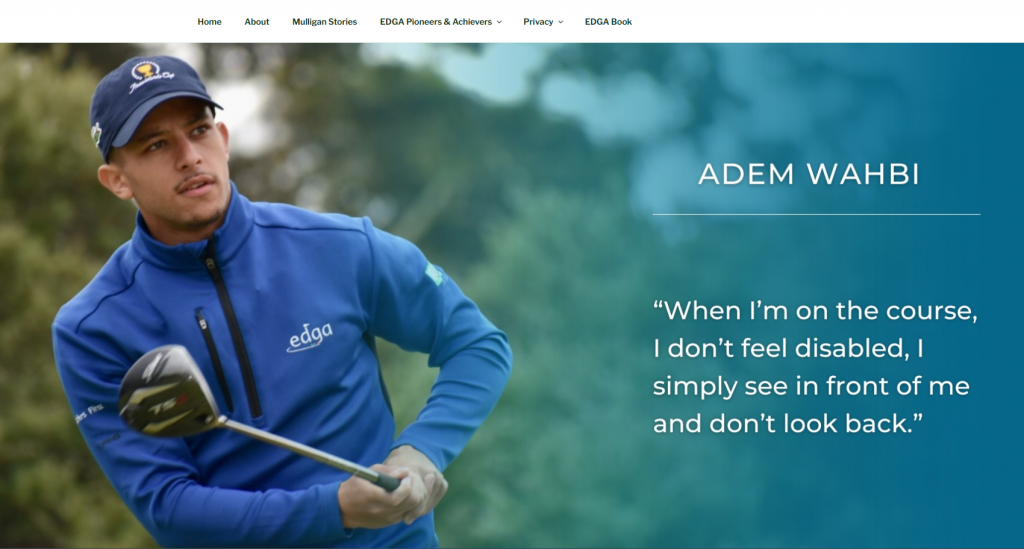- No two CP players are the same, so the golf coach will have to consider the individual’s physique, mobility, and application. Speak to the participant to understand their abilities, experiences, and expectations.
- For some golfers with cerebral palsy, outdoor temperature could limit an effective training session during winter months.
- Constant and continual repetition and reinforcement can reduce coordination problems.
- Offer regular recovery breaks within the training session.
- Participants may have a slower reaction time when initiating movement on command.
- The participant may have limb movement restrictions. Therefore, they must work at their maximum capacity to enable optimum performance. The participant must be supported in moving any affected limb to the best of their ability.
- The participant may have short-term memory loss, requiring constant reinforcement of instructions. Be active with demonstration and regularly ask questions to check for understanding.
- Circulatory problems may require additional stretching and flexibility exercises and/or shorter drill times.
- Be aware of any balance problems and consider these when conducting relevant golf-specific coaching drills or game play.
- New players with more complex balance difficulties can be supported via a standard walking frame – underneath their buttocks, which will assist in developing golf posture and offer an alternative to playing from a seated position.
- Be aware of how balance (static & dynamic) may affect body positions and subsequent impact criteria within swing motions – such as; – forward bend – side bend – torso slide & sway – arm/knee flexion & extension.
TERMINOLOGY
While there are many types of motor control problems, the golf swing can generally be affected by ataxia, athetosis and spasticity.
Ataxia results in difficulty with balance, trunk control, and rapid or fine movements. A wide-based gait is sometimes used to compensate for this.
Athetosis results in involuntary writhing movements that are uncontrollable, irregular, and jerky. These movements often increase with emotion and stress.
Cerebral spasticity is a state of increased muscle tone with increased reflexes. This may fluctuate depending on various conditions, including posture, positioning, stress and temperature.
Monoplegia affects a single limb.
Diplegia affects both sides of the body and is more related to the lower limbs than the upper limbs.
Hemiplegia relates to the same side’s upper and lower limbs and the trunk.
Triplegia relates to three limbs (sometimes referred to as asymmetric quadriplegia).
Quadriplegia relates to the whole body (head, neck, trunk and all four limbs).
Player Stories
Gain further insights to how golfers with Cerebral Play play via the EDGA Player Stories – Click on the following images to read and listen to EDGA Player Stories.



Further Player Stories can be found via clicking on the image link below:

*This material remains the intellectual property of the EDGA development team and may not be distributed or used further without written consent from the EDGA development team.
